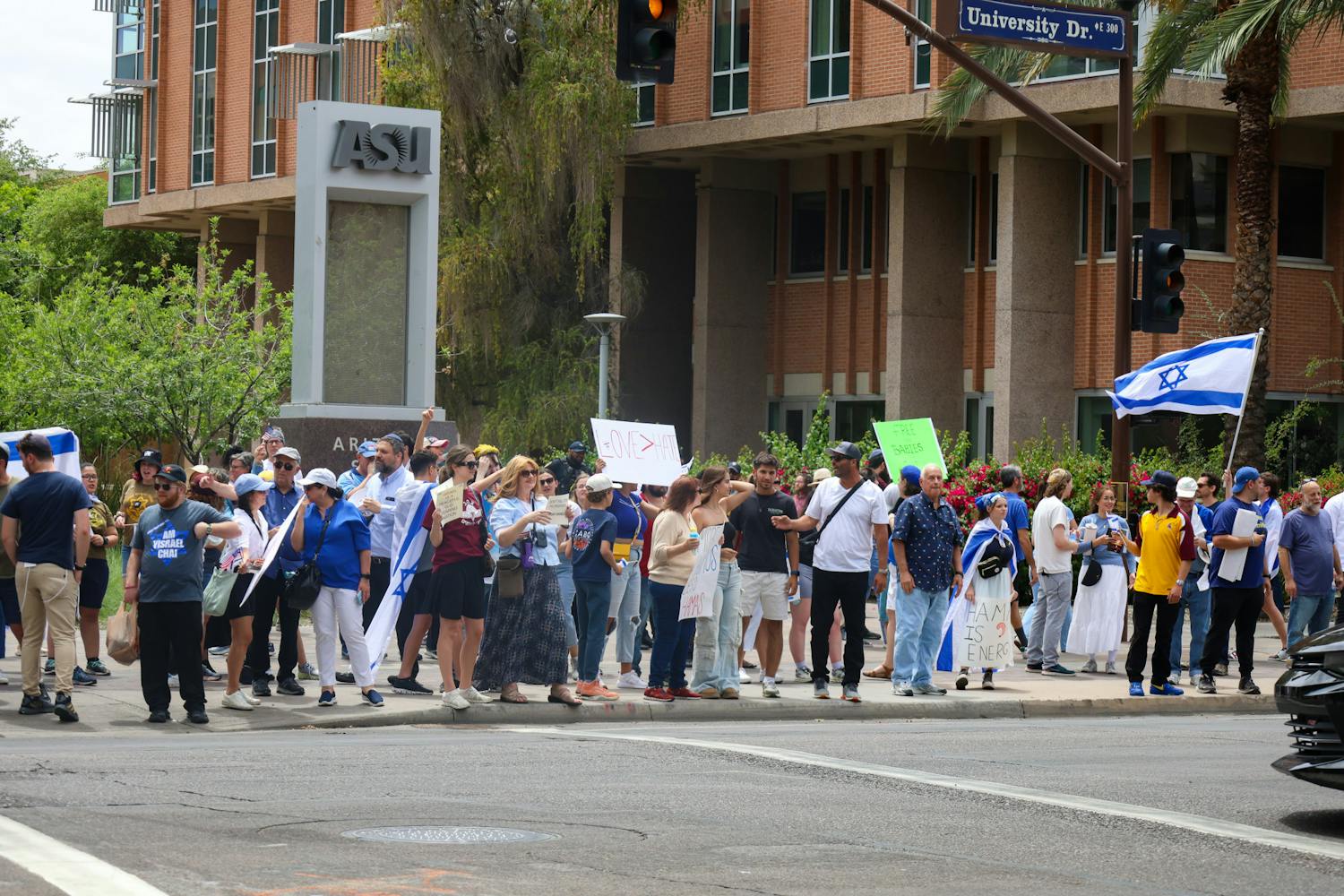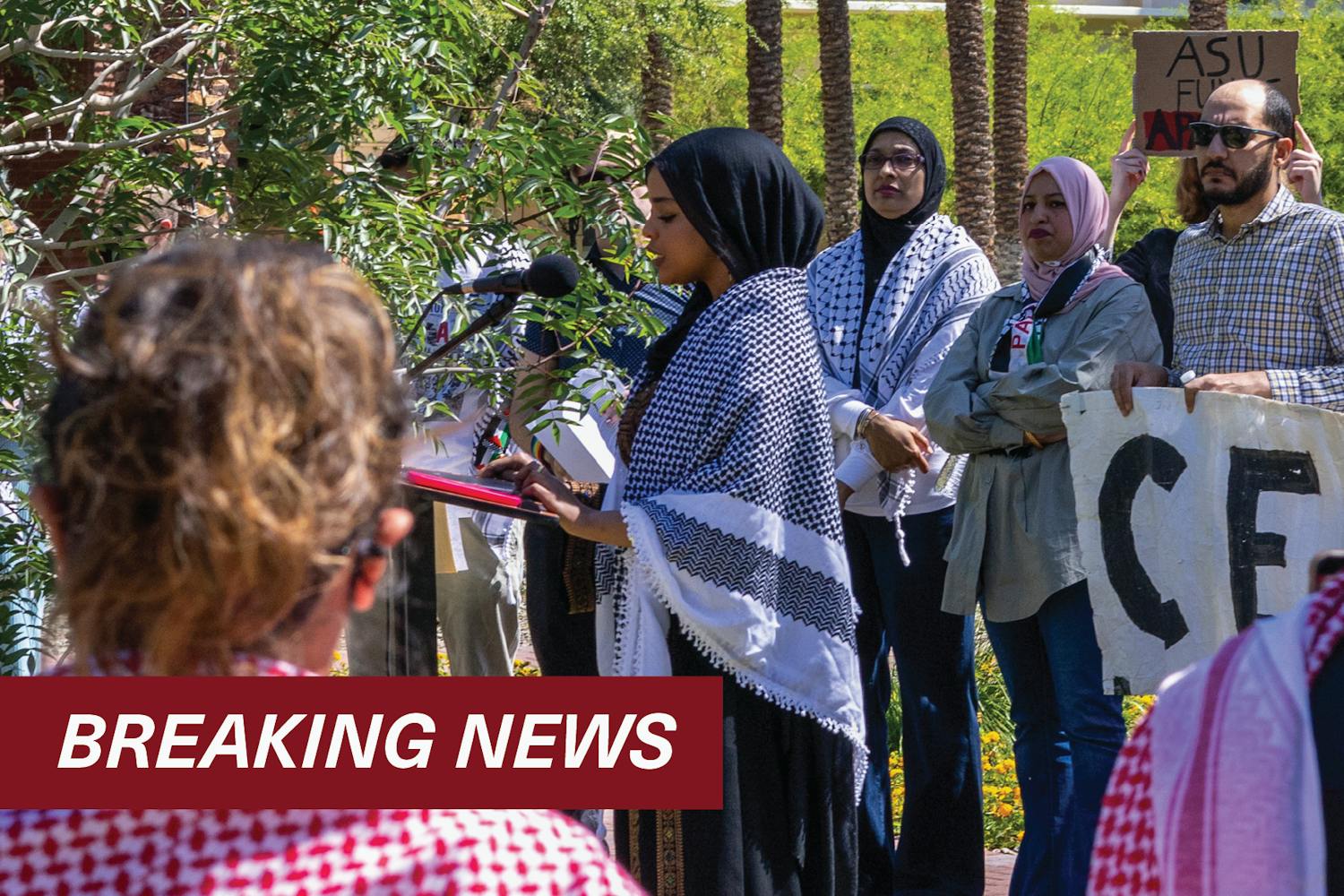Navajo is the third most spoken language in Arizona after English and Spanish. However, with only 50 percent of the 300,000 members of the Navajo nation actually speaking the language, it's slowly slipping from modern dialect.
The Navajo Nation Museum hopes to change that through the use of a particularly creative mean — Disney.
The museum announced its plans in early December to dub the movie “Finding Nemo” into Navajo with hopes of preserving it through a fairly new medium.
This isn’t the museum’s first attempt to mix popular culture with Navajo. Museum director Manuelito Wheeler brought forth the idea of translating these movies after he spearheaded the translation of “Star Wars Episode IV: A New Hope.”
In 2013, Wheeler's team translated the script in 36 hours and dubbed the movie on a strict deadline. Star Wars became the first movie to ever be translated into Navajo, an experience ASU alumna and translator Elsa Johnson described as “intense.”
“I wanted to see the language live and see it continue," Johnson said. "His thinking was ‘why not use pop culture to reinvigorate this interest within young people.’ … I think Manny’s on this path to try and get more young people to learn the language."
After the success of "Star Wars," Wheeler moved onto dubbing “Finding Nemo” and expanding his mission to revamp the ancient language of Navajo.
Although in its early stages of production, the movie has already been a success after more than 150 people auditioned for parts on Dec. 19 and 20. Those who work to preserve the language eagerly await the translation, especially after the success of the "Star Wars" dub.
Jolyana Begay, ASU American Indian studies professor and former Miss Navajo, used the "Star Wars" translation in her lesson plans and is waiting eagerly for "Finding Nemo."
“I think that (the movies) can serve as a resource for people who are trying to learn the language,” Begay said. “The more resources, the better. It could potentially be a positive for the language because more people, especially the younger youth, have access to learning it.”
Begay, who originally tried out for the part of Princess Leia in the first translation, has been teaching the language since 2005 at the Phoenix Indian Center, later picking up a course at ASU in 2007.
She said she views the work Wheeler and the museum are doing as crucial, working in clips from the movies into her lessons and constantly trying to employ new methods to teach the language.
“It’s a part of who we are," Begay said. "It is our self identity. We’re better able to understand who we are as Navajo people through language. There are some things that can’t be translated into English. To really understand the full, in-depth meaning of certain things, they can only be done in Navajo."
The translation, although valuable, isn’t easy. Johnson explained the grueling task of coming up with descriptions for things like C-3PO, a robot sidekick to the main character Luke Skywalker, which they named “living metal” because they had no word for “robot."
However, both women view the continuance of dubbing “Finding Nemo” as beneficial, even crucial.
“We lose our language, we lose our culture,” Begay said.
Reach the reporter at megan.janetsky@asu.edu or follow @meganjanetsky on Twitter.
Like The State Press on Facebook and follow @statepress on Twitter.



